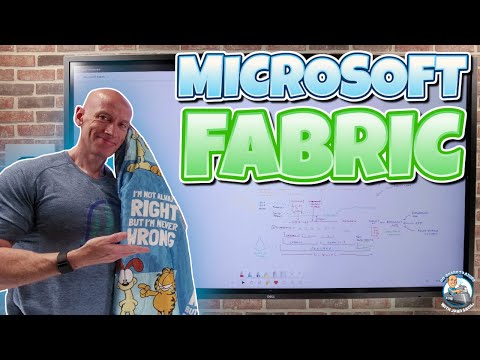Description:
Save Big on Coursera Plus. 7,000+ courses at $160 off. Limited Time Only!
Grab it
Explore a comprehensive overview of Microsoft Fabric in this 1 hour 39 minute video. Delve into the powerful features that make Microsoft Fabric essential for organizations, including OneLake, Fabric capacity, workspaces, and various tools and engines. Learn about the Delta Parquet format, V-ordering, and Iceburg support. Discover key benefits, lakehouses, warehouses, and their comparative advantages. Gain insights into data engineering, notebooks, high concurrency, and data science applications. Explore Power BI integration, AI copilots, and Microsoft Purview integration. Conclude with a roadmap and summary of Microsoft Fabric's capabilities for modern data management and analytics.

Microsoft Fabric Overview - Features, Benefits, and Use Cases
Add to list
#Programming
#Programming Languages
#Javascript
#React
#Microsoft Fabric
#Data Science
#Business
#Business Intelligence
#Data Warehousing
#Data Analytics
#Data Engineering
#Big Data
#Apache Spark
#Delta Lake
#Parquet
#Data Lakes
#OneLake